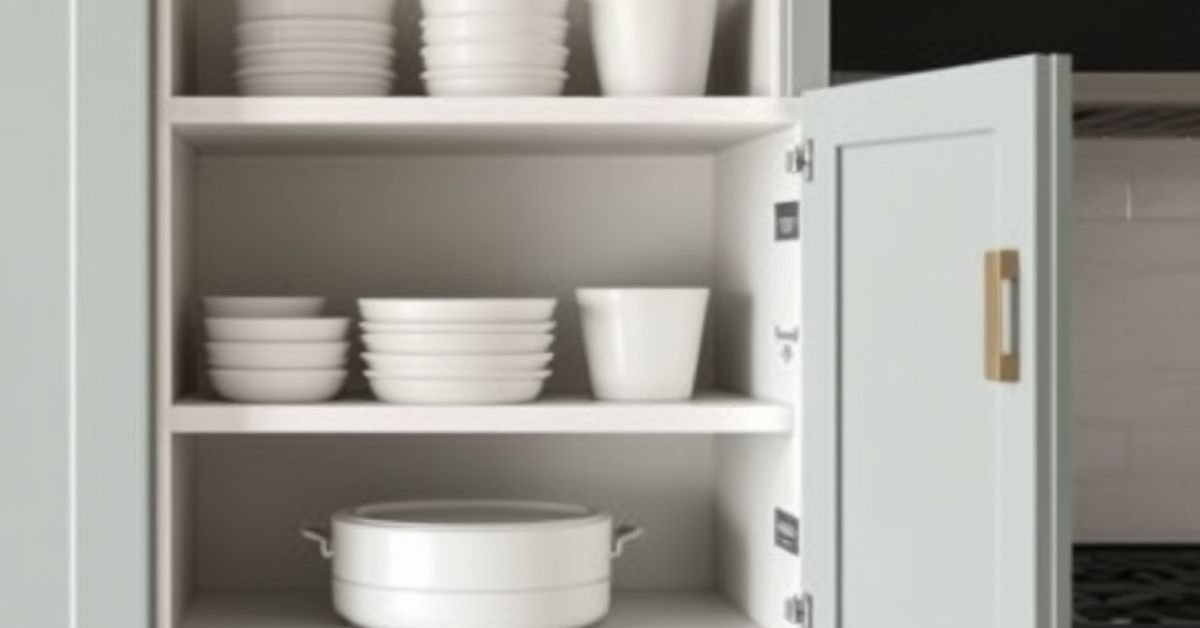

Our editorial team individually chooses every product that is suggested on neatcupkit. We might get paid if you buy something after clicking on any of these links.
Transform your kitchen organization with a custom pantry cabinet! This step-by-step guide shows you how to build a kitchen pantry storage cabinet, adding value to your home and maximizing unused space. A DIY pantry cabinet allows you to create tailored shelves to meet your needs.
Why a DIY Pantry Cabinet?
Building a DIY pantry cabinet is a rewarding project that enhances your kitchen storage. It provides a personalized cabinet build that perfectly fits your kitchen pantry. Forget standard sizes; create a pantry cabinet that caters to your exact specifications.
Benefits of Custom Pantry Storage
Custom pantry cabinet plans let you optimize spacing and accommodate specific items. A personalized cabinet ensures everything has its place, from spices to appliances. Design the drawer layout and shelving to match your storage requirements when you build a pantry.
Maximizing Unused Space in Your Kitchen
Unlock the potential of every nook and cranny in your kitchen pantry with a custom cabinet. Maximize limited kitchen storage by designing a DIY pantry cabinet that fits perfectly. Utilize vertical space effectively and eliminate clutter with smart shelving and drawer solutions.
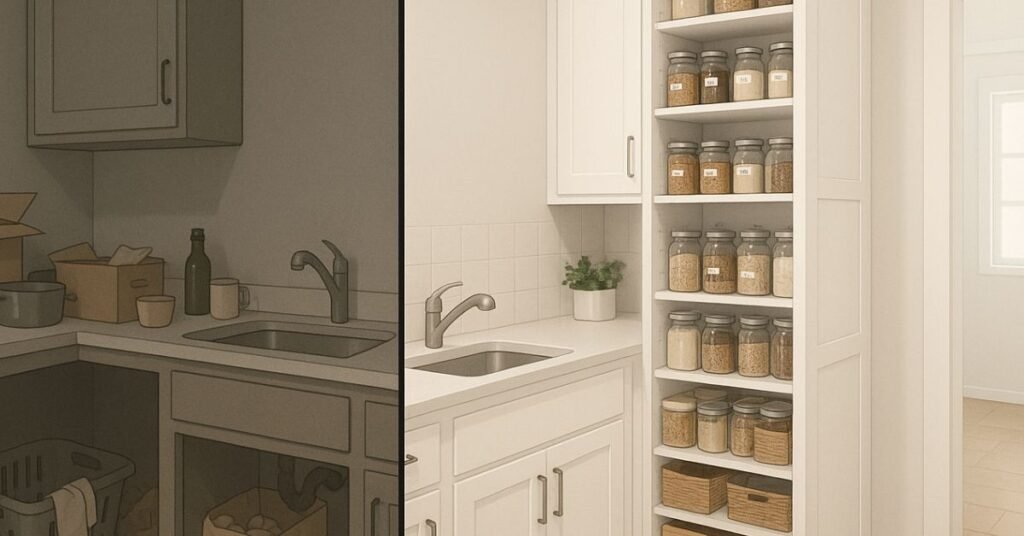
Tailored Dimensions for Your Needs
The greatest advantage of building your own pantry cabinet lies in the ability to tailor the dimensions precisely. You can optimize every inch of available space within your kitchen cabinets. Unlike pre-made options, a DIY pantry ensures a perfect fit, maximizing storage and minimizing wasted space. You can determine the ideal spacing for your needs.
Matching Your Kitchen Decor
Building a DIY pantry cabinet lets you perfectly match your existing kitchen cabinets. Select the plywood, face frame, and finish to seamlessly integrate the new cabinet into your kitchen’s aesthetic. This level of customization ensures a cohesive and stylish look, enhancing the overall appeal of your kitchen pantry and kitchen storage.
Satisfaction and Cost Savings of DIY Projects
Embarking on a woodworking project like building a pantry cabinet provides immense satisfaction. You gain the reward of creating something functional with your own hands. Plus, you can potentially save money compared to purchasing a pre-built kitchen cabinet. Using affordable plywood and basic tools like a pocket hole jig, you can build a pantry affordably.
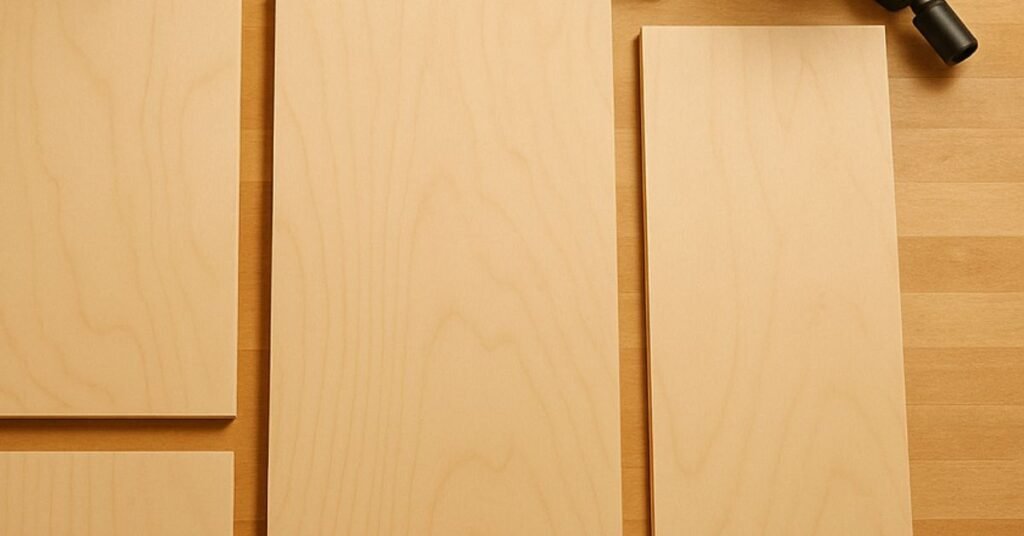
Preparing Your Plan and Measuring Space
Before creating your pantry cabinet plans, consider what features will help you stay organized. Then, carefully measure the available spacing in your kitchen pantry. Use these measurements to design your DIY pantry using an app like Live Home 3D to ensure everything fits. I’m sharing how to build a pantry with custom shelves to make the most of your kitchen.
Gathering Needed Materials and Tools
Refer to detailed printable plans to determine exactly how much plywood and other materials you need. When building drawers, consider the size of the drawer slides you’ll use, like the 14-inch ones. For shelves, I used 1x16x6 pine board instead of plywood to avoid adding an edge band. Find the details in the detailed PDF. Also, I found thick pine board at Lowe’s.
Cutting and Assembling the Frame
Using your miter saw, cut the 1×2 pieces to size for the drawers, then mount them using screws. To assemble the drawer frame, you’ll need to use a combination of:
Wood glue
Pocket hole screws
After cutting the plywood to length, add pocket holes and assemble using wood glue. Next, use wood filler to fill seams and nail holes; this can be achieved using Goodfillawood filler. Be sure to check that the cabinet base is level, shimming if necessary.
Adding Shelves and Doors
Here’s how you can improve your pantry cabinet. Functionality is increased by adding these features:
Shelves
Doors
Once brackets are attached to the doors, slide the shelves into place and secure them. Door racks can be made from plywood and dowels for added storage. See the video for more details. This is an optional step when you build a pantry, and it’s a simple way to build more storage inside of the cabinet.
Finishing Touches: Sanding and Painting
To brighten the pantry wall in this small kitchen, use a white paint. A paint sprayer will make painting faster, but a roller and brush work too. Apply primer first, then paint. To protect the stain, apply coats of clear coat. Now is the time to use a paint sprayer, if you have one. The finish you put on your DIY pantry cabinet matters a lot.
Installation Tips for Durability
Secure the pantry cabinet to the wall stud to prevent it from tipping over. This can be achieved through the back panel of plywood and the back support under the middle shelf. It’s a safe and effective way to build a more secure kitchen cabinet. Anchoring the cabinet to the stud will help with durability. Before the cabinet base is secured, make sure it’s level.
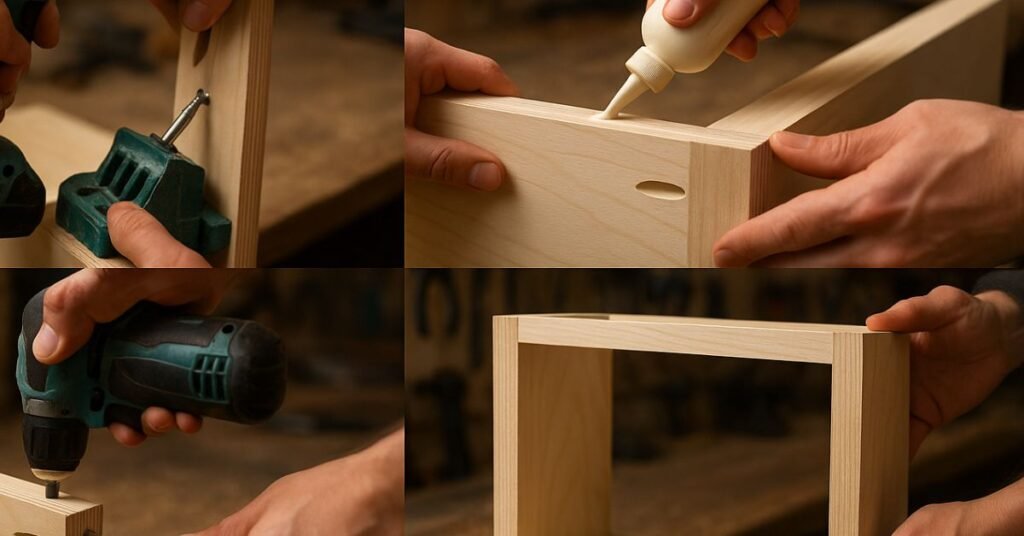
Pros and Cons of Different Pantry Styles
When planning your pantry cabinet, there are several designs to consider. Think about the best way to build for your space by evaluating options like these:
Freestanding units, which offer flexibility.
Built-in cabinets, providing a seamless, custom look.
Modular systems, offering adaptability and the ability to reconfigure as needed.
Each option has its own set of advantages and disadvantages, depending on your kitchen layout and needs.
Customization Ideas for Your Pantry
A DIY pantry cabinet can be customized with pull-out drawers, adjustable shelving, labeled bins, and built-in lighting. These features enhance organization and accessibility, maximizing the functionality of your kitchen pantry. The possibilities are endless. Think about unique features to incorporate inside the cabinet. Also think of unique features for the outside of the cabinet.
Considering Kitchen Size and Layout
When planning your pantry cabinet, consider the size and layout of your kitchen. The dimensions of your space will influence the size and design of your DIY pantry cabinet. I made my tall cabinet a certain height so the bins I had would fit perfectly. You can adjust your cabinet build to complement your existing kitchen cabinets and maximize spacing.
Pros and Cons of Different Pantry Styles
When planning your pantry cabinet, there are several designs to consider. Think about the best way to build for your space by evaluating options like these:
Freestanding units, which offer flexibility.
Built-in cabinets, providing a seamless, custom look.
Modular systems, offering adaptability and the ability to reconfigure as needed.
Each option has its own set of advantages and disadvantages, depending on your kitchen layout and needs.
Customization Ideas for Your Pantry
A DIY pantry cabinet can be customized with pull-out drawers, adjustable shelving, labeled bins, and built-in lighting. These features enhance organization and accessibility, maximizing the functionality of your kitchen pantry. The possibilities are endless. Think about unique features to incorporate inside the cabinet. Also think of unique features for the outside of the cabinet.
Considering Kitchen Size and Layout
When planning your pantry cabinet, consider the size and layout of your kitchen. The dimensions of your space will influence the size and design of your DIY pantry cabinet. I made my tall cabinet a certain height so the bins I had would fit perfectly. You can adjust your cabinet build to complement your existing kitchen cabinets and maximize spacing.
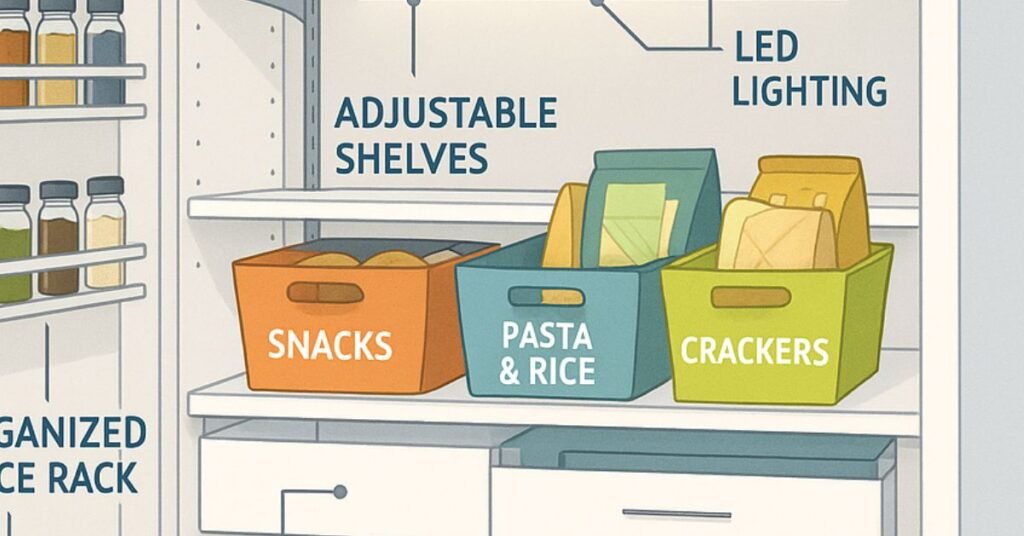
Comparing Different Types of Wood and Finishes
Selecting the right wood is crucial when you build a pantry. While plywood is budget-friendly, select pine offers a knot-free surface for a cleaner look. Consider the finish too. If staining, opt for higher-quality wood. Shelf supports allow for adjustable shelves, eliminating the need for cleats. These are all important considerations for building kitchen cabinets. If you choose shelves like that, you will have adjustable spacing.
Essential Tools for Your Cabinet Project
For this woodworking project, gathering essential tools is key. A table saw is great for making precise cuts in the plywood. A pry bar, like a bear claw, aids in removing baseboards safely. A utility knife, putty knife, and sanding sponge are vital for finishing touches. These tools are necessary for accurately building kitchen cabinets. Don’t forget to use pocket holes to connect material like plywood.
Safety Precautions During Woodworking
Prioritize safety during any woodworking task. Always wear safety glasses to protect your eyes from flying debris. Use hearing protection when operating loud tools like a table saw. Secure your plywood and wood workpieces to prevent movement during cutting and assembly. Clamps are a great tool to stabilize wood before you secure it with wood glue. Proper safety ensures a smooth and injury-free cabinet build.
Recap of Benefits and Value Added
Building your own DIY pantry cabinet offers numerous benefits. It provides efficient kitchen storage, adds resale value to your home, and allows for custom design. The sense of accomplishment from completing a woodworking project is also a significant reward. It’s a worthwhile project when you build a pantry. You will be able to fit more inside the cabinet.
Encouragement to Take on the Challenge
Don’t hesitate to tackle this DIY pantry project! With careful planning, the right tools, and a step-by-step guide, you can create a beautiful and functional kitchen cabinet. Embrace the challenge and transform your kitchen storage with a custom pantry cabinet. The building kitchen cabinets skill will be an asset for other projects to come. So, it is a skill worth building.
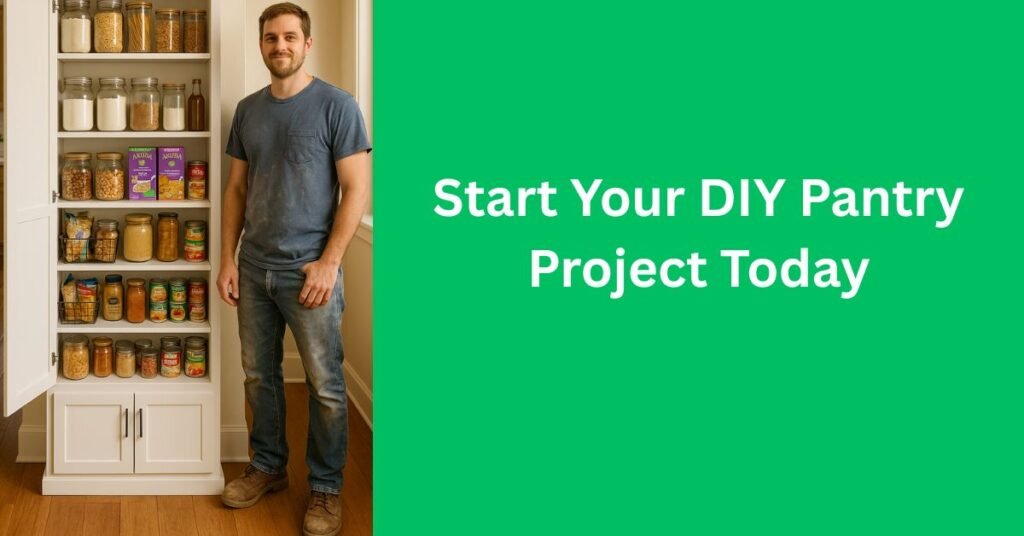
For pantry cabinets, plywood is a cost-effective option for the main structure, while pine or poplar are great for the face frame and shelves. Consider the overall aesthetic and budget when choosing your wood for the cabinet build. You can also choose different types of wood for the inside of the cabinet versus the outside of the cabinet.
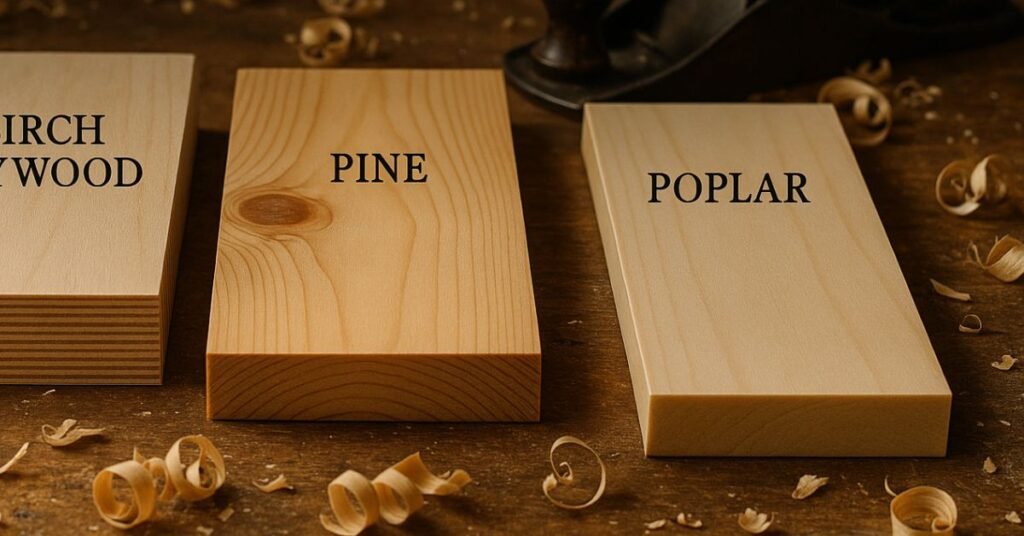
Yes, beginners can definitely build a pantry cabinet with some guidance. Start with simple pantry cabinet plans and practice basic woodworking techniques. Use a pocket hole jig to easily connect the plywood. Online tutorials and detailed instructions can help you along the way. Remember that it is simple to build a pantry, but that doesn’t mean it’s not time consuming.
The cost of building a DIY pantry cabinet varies depending on the materials used. Plywood, pine, hinges, and drawer slides can add up. Sourcing affordable materials and using tools you already own can help minimize expenses. You may be able to get plywood cheaper at Lowe’s. These factors will affect the price it costs to build a pantry.
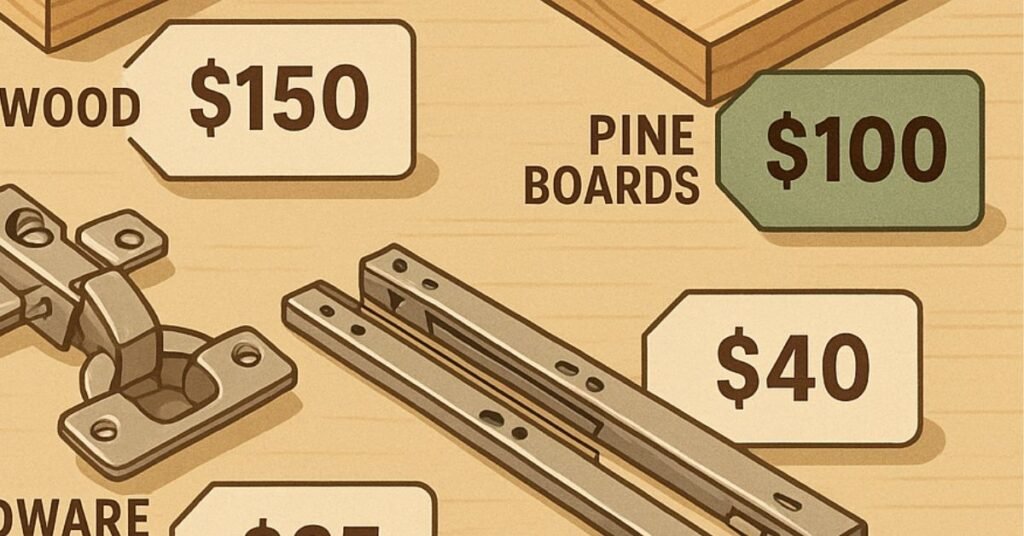
While some specialty tools like a table saw can be helpful, they aren’t always necessary. You can often make accurate cuts with a circular saw and a straight edge. A pocket hole jig is highly recommended for easy joinery. It’s a great way to build and secure the plywood. Many affordable woodworking options can take the place of expensive tools.
Yes, it is crucial to anchor your pantry cabinet to the wall for safety, especially if it’s tall. Use screws to secure the cabinet to the wall stud. This prevents the cabinet from tipping over, especially if it is tall. You may want to add another layer of plywood to the back to attach it to the stud.
Meta Title: DIY Kitchen Pantry Cabinet: Step-by-Step Guide Meta Description: Learn how to build a kitchen pantry cabinet with this step-by-step DIY guide! Maximize space & add value to your home.
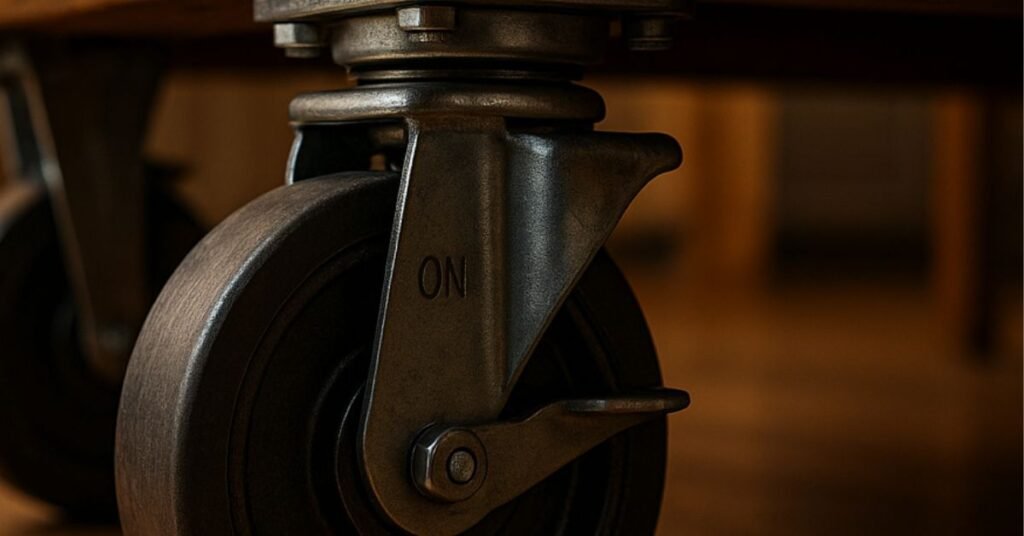
One Response